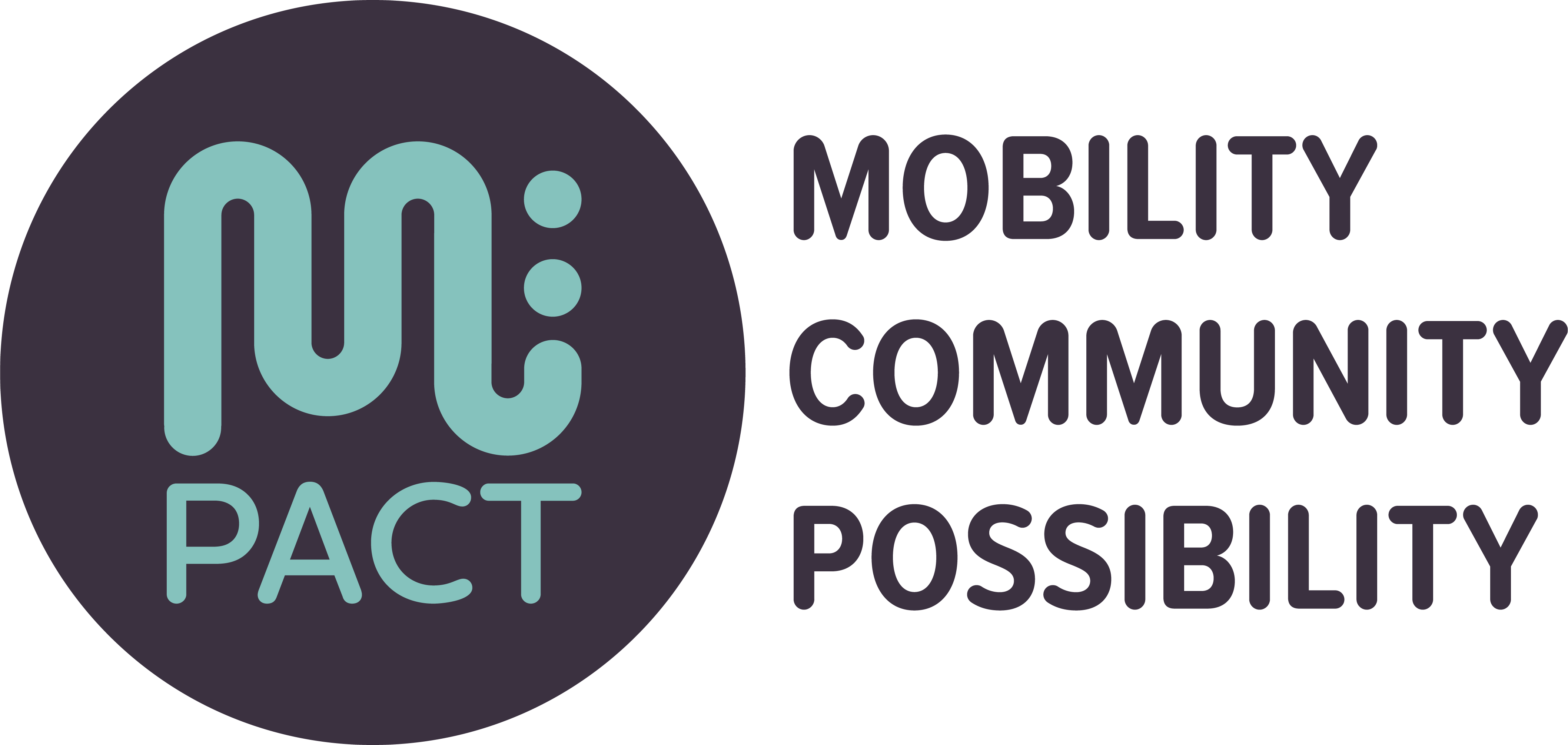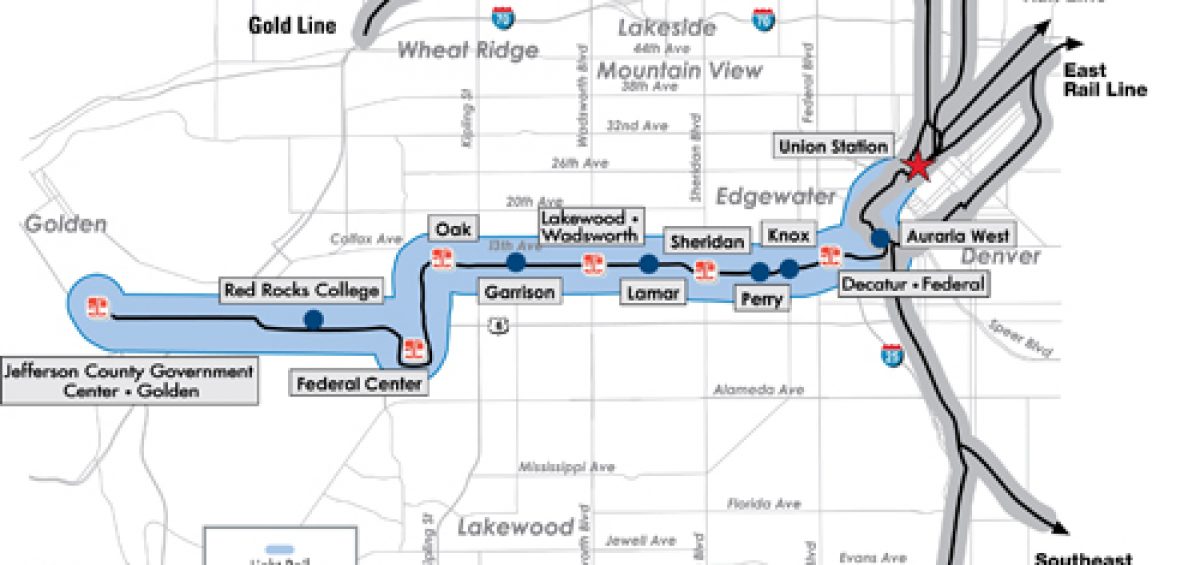Topics:
Originally published on railvolution.org. Rail~Volution is now Mpact: Mobility, Community, Possibility.
A look at what’s at stake with proposed cuts to federal housing and transit programs
The Avondale Apartments, a LEED Gold-certified building with beautiful views, opened in Denver in 2014, one year after light rail trains began running on the new West Line connecting Denver, Lakewood, and Golden, Colorado. Well-connected to transit, this affordable housing development also is near schools and colleges and right next to a new Denver Public Library building.
How did Avondale Apartments –and the whole Mile High Vista development—come about? In the context of a both a nationwide crisis of affordable housing and proposed cuts to transit and housing programs and funding in the 2018 federal budget, what are the prospects for community revitalization projects like this?
“Most of the prospects who qualify for affordable tax credit homes are on a tight budget. They depend on the public transportation that is available to them, near their home. We currently run off of a waiting list here at Avondale Apartments, as the demand for affordable rent is at an alarming high.” –Christina Diaz, Property Manager, Avondale Apartments
Before

Mile High Vista site. Credit: City of Denver
The intersection of Colfax (US 40) and Irving was once part of a thriving Jewish neighborhood. In the 1960s a giant interchange for I-70 altered the landscape. A housing development, strip mall, and gas station withered at the site. The gas station was eventually torn down. (Read more about the site’s history at Denver Infill.)
After

Avondale Apartments. Credit: Urban Land Conservancy
The Mile High Vista development added 80 units of affordable/workforce housing (developed and managed by Del Norte Neighborhood Development Corporation) and the new Corky Gonzales stand-alone branch of the Denver Public Library. In 2014, West Colfax added new pedestrian wayfinding, custom-designed bus shelters, and bicycle signage. More recently the strip mall site adjacent, which long stood partially vacant, was demolished to make way for nearly 400 market rate apartments. Commercial development is still to come at this site.
“Full accessibility—with wide hallways and doorways, ADA bathrooms and kitchens, elevators and exterior access ramps—is another great need that is filled by new construction, infill transit oriented development. Currently we have three tenants in wheelchairs who have great independence because of these design accommodations.”—Heidi Peterson, Asset Manager, Del Norte Neighborhood Development Corporation
What tools made Mile High Vista possible?
A number of programs and funding sources—some innovative, some federal, some local—contributed to transit expansion in Denver and the revitalization of the Mile High Vista site.

FasTracks
A 2004 voter-approved increase in sales tax for transit, to address Denver’s regional mobility needs. The FasTracks plan was based on using a 1% local tax to leverage federal funds, including from New Starts and TIFIA. The overall FasTracks plan calls for 17% of funds to come from federal sources.
FTA New Starts program
In 2009, the W Line serving West Colfax received $308 million in New Starts funding for construction. It was the first of the FasTracks projects to receive federal funding. Unlike annual federal appropriations to the states for road and bridges, cities and regions must compete for New Starts funding. At any given time, there are far more projects seeking these federal funds than funds available.
Denver TOD Fund
Established in 2010 by Enterprise and several national and Denver-area partners, the Denver Regional Transit-Oriented Development (TOD) Fund—the first of its kind in the nation—provided the Urban Land Conservancy (ULC) with acquisition financing for its purchase of the Mile High Vista site years ahead of the gentrification that has since taken hold in the West Colfax neighborhood. Since inception, the Fund has loaned more than $21.6 million and preserved or created 1200 units of affordable housing near transit in addition to over 150,000 square feet of supportive commercial space.
“Avondale Apartments exemplifies the goals the Denver Regional Transit-Oriented Development (TOD) Fund set out to accomplish,” noted Brad Weinig, Deputy Director, Denver Programs, Enterprise Community Partners. “It takes both transportation and housing funding resources to make developments like this possible and to ensure long-time residents remain in a neighborhood that faces increasing pressures of displacement.”
TIGER Discretionary Grant Program
In 2011, concurrent to the land acquisition, Enterprise, Urban Land Conservancy and the planning department of the City of Denver successfully won $1,155,872 in TIGER funding to support Transit-Oriented Development along transit corridors (PDF, see page 35). Some of these funds were used to support pre-development expenses.
Colorado Brownfields Revolving Loan Fund
This Fund, to which the City of Denver is a board member, awarded $500,000 to the Urban Land Conservancy in a grant and low-interest loan to address environmental cleanup from a gas station and asbestos in soils at the Mile High Vista site.
Low Income Housing Tax Credit
The vast majority of affordable and workforce housing is built with financing from the low income housing tax credit (LIHTC) program, which is a collaborative public/private partnership designed to create and preserve affordable housing. The Avondale Apartments (80 units of housing for families earning between 30% and 60% of Average Median Income or $13,800 – $33,600 for a single person) were built thanks to an allocation of federal 9% tax credits and investment from Wells Fargo Bank. With changes in the federal tax structure, these credits could lose value, bringing less equity to deals and forcing developers to identify more gap financing. This becomes even more challenging if federal housing programs (such as HOME and CDBG) are cut. For more about the Low Income Housing Credit and other federal housing finance tools, visit: http://rentalhousingaction.org/
“Affordable housing is an important part of every community we serve. If the value of tax credits goes down, it becomes a different puzzle. More tax credits or other sources will be needed to fill the gap, such as loans, grants, or developer equity.”—Scott Horton, Wells Fargo Community Lending and Investment (CLI) group

How the Low Income Housing Tax Credit Works
>>The federal government allocates tax credits to states based on population.
>> Instead of conventional financing in which developers seek construction loans that then are repaid by mortgages, which are eventually repaid by the tenants or buyers of the finished building, developers of affordable housing apply for tax credits in a competitive process.
>> Successful developers then sell the tax credits to investors (e.g., banks) who in turn provide the majority of the capital necessary to build the project.
Therefore, the permanent mortgage, which is repaid over time through rent revenue paid by qualified tenants, is much lower than on a conventional project. And as a result, the owner can still cover the on-going operational expenses on the property, taxes, and debt service even at lower rents. If the value of the tax credits drops, a project either needs more tax credits or developers try to fill the gap from other sources, such as loans, grants, and developer equity.
What to remember?
Projects like Mile High Vista and the Avondale Apartments are already complex, relying on many different partners and funding tools. The proposed 2018 federal budget and resulting instability of federal sources for housing, transit, and tax credits make future projects like this problematic—to the detriment of communities nationwide.


